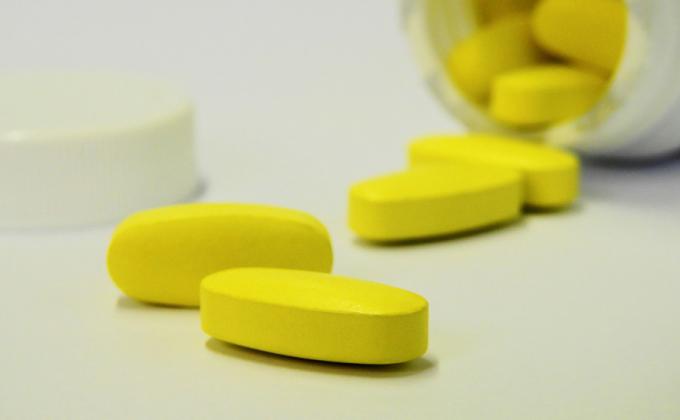
Get a dose of vitamin D3 can be obtained directly from the sun. Cholecalciferol has its own provitamin (7-dehydrocholesterol), which is formed in the skin under the influence of the sun. When heated, it turns into cholecalciferol and enters the blood and liver.
Gloomy weather reduces the formation of provitamin D3 by more than half (60 . Vitamin D3 is also produced in the solarium, but frequent exposure is fraught with oncology.
. Vitamin D3 is also produced in the solarium, but frequent exposure is fraught with oncology.
Why Vitamin D3
First of all, cholecalciferol is responsible for the exchange of calcium and phosphorus in the body, and also prevents the development of rickets. Vitamin D3 helps to strengthen and grow children's bones and skeleton. It also regulates stable muscle tone, myocardial function and affects blood coagulation.
Doctors often recommend it to women during menopause - for the prevention of osteoporosis and the "smoothing" of hormonal disorders. During pregnancy, vitamin D3 is responsible for the formation of the bone skeleton. Cholecalcipirol is also prescribed in the treatment of hypocalcemic tetany, osteomalacia and bone diseases, spasmophilia.
Ergocalciferol (D2), another representative of the vitamin D group, performs similar functions in the body. True, it is not synthesized under the influence of ultraviolet radiation, but enters the body along with plant foods. And besides, D2 is poorly absorbed in the body.
Daily intake of vitamin D3
The dosage of vitamin D3 depends on the person's age. So a baby up to a year is enough 500 IU. If the children were born prematurely or have bone pathologies, then the daily norm can be doubled or tripled depending on the condition.
Children from one year old to adulthood, as well as adults, are advised to consume approximately 600 IU of vitamin D3. The same number of pregnant women need. Elderly people from 71 years old need at least 800 IU of cholecalciferol per day.
Vitamin D3 deficiency
Almost every fifth inhabitant of the planet is deficient in vitamin D3. Russia is in the low insolation zone (exposure to sunlight), so almost everyone falls into the risk zone.
The lack of cholecalciferol in children causes rickets. In adults, due to metabolic disorders of calcium and phosphorus, osteoporosis develops, and the risk of cancer and cardiovascular disease increases.
The first bells indicating a deficiency of solar vitamin: causeless weight gain, psoriasis and other skin rashes. A person often gets sick because his immune system weakens. Problems begin with attention and concentration, there is a breakdown in the armpits, as well as insomnia.
Excess Vitamin D3
With a natural excess, cholecalciferol accumulates in the bones and is consumed in cold weather, in the absence of bright sun. Excessive and incorrect intake of synthetic vitamin D3 provokes side effects. Vomiting, migraine, arrhythmia, constant thirst and abdominal pain. If you don’t consult a doctor in time, a serious violation of the functions of the internal organs — the heart, lungs, kidneys, and stomach — can occur. Until death.
